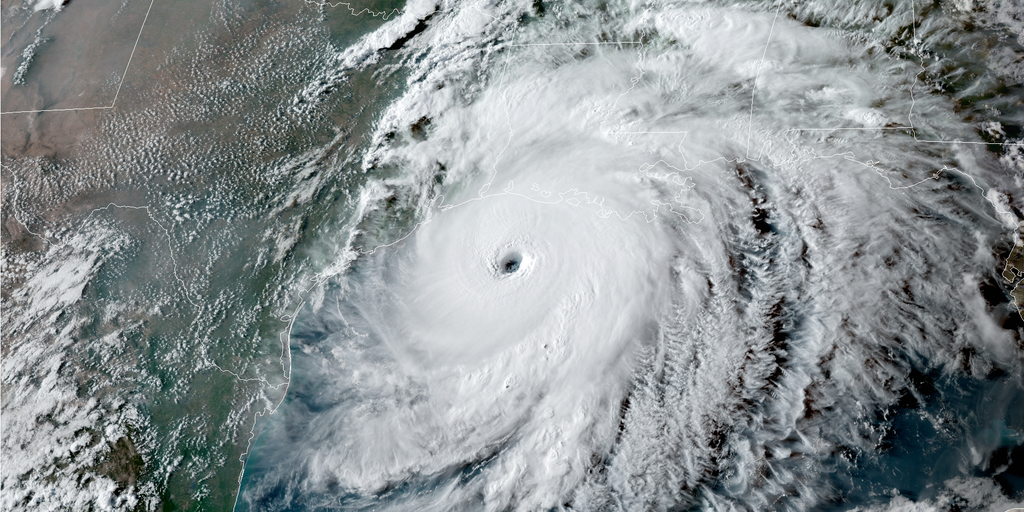CSU weather experts trim hurricane season forecast for rest of 2025
FORT COLLINS, Colo. – A hostile atmosphere over the Caribbean Sea has helped lead prominent weather experts at Colorado State University to give a slight downgrade in their hurricane forecasts for the rest of this season.
Dr. Phil Klotzbach and his team are now predicting 16 total named storms through the end of the year, a small drop from their original forecast of 17, and now just slightly above an average season of just over 14. Of those, eight are forecast to reach hurricane strength, a drop from their original prediction of nine.
So far this season in the Atlantic basin, there have already been three tropical storms, but no hurricanes.
“The primary reason for the slight decrease in the outlook is both observed and predicted high levels of Caribbean (wind) shear,” Klotzbach wrote in his team’s July forecast update published Wednesday.
Wind shear is the changing of wind speed and direction with height. Higher levels of wind shear inhibit tropical development.
“High levels of Caribbean shear in June/July are typically associated with less active hurricane seasons,” Klotzbach said.
HOW TO PREPARE FOR HURRICANE SEASON

A worker clears downed limbs in Perry, FL, after Hurricane Helene passed through on Friday, September 27, 2024.
(Ted Richardson/For The Washington Post / Getty Images)
On the other hand, ocean water temperatures in the eastern and central Atlantic Ocean remain slightly warmer than average, though they remain cooler than last season’s record warmth. Over in the Pacific Ocean, sea surface temperatures are near average levels, maintaining “neutral” conditions, as in neither a La Niña nor El Niño pattern.
Klotzbach said that historically, when a neutral cycle in the Pacific combines with warmer sea surface temperatures in the Atlantic it typically leads to more favorable conditions for tropical development. His team gives a 48% probability of a hurricane making landfall somewhere along the U.S. coastline this year, a few points above the 43% historical average after July 8. That includes a 25% chance of landfall along the Eastern coast of the U.S. and a 31% chance of a hurricane strike along the Gulf Coast – both a few percentage points above average.
Klotzbach’s team also gives a 53% chance of a major hurricane (Category 3 or higher) tracking through the Caribbean at some point this year – above the average odds of 47%.
HURRICANE CATEGORIES EXPLAINED: CATEGORY 1 | CATEGORY 2 | CATEGORY 3 | CATEGORY 4 | CATEGORY 5

An animation showing the anatomy of a hurricane.
(FOX Weather)
“We anticipate a slightly above-average probability for major hurricanes making landfall along the continental United States coastline and in the Caribbean,” Klotzbach said. “As with all hurricane seasons, coastal residents are reminded that it only takes one hurricane making landfall to make it an active season.”
And even storms that don’t reach lofty heights in statistical categories like strong winds and massive storm surge can still carry damaging impacts. Tropical Storm Chantal just made landfall in the Carolinas over the weekend as a low-end tropical storm, but still caused quite a bit of flooding damage in central North Carolina and even claimed a life.
“Thorough preparations should be made every season, regardless of predicted activity,” Klotzbach said.
Source link
editor's pick
latest video
Sports News To You
Subscribe to receive daily sports scores, hot takes, and breaking news!





